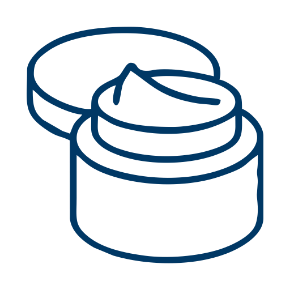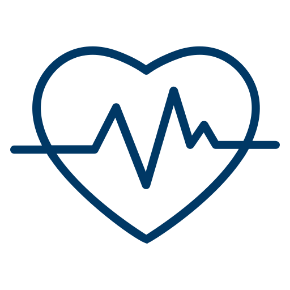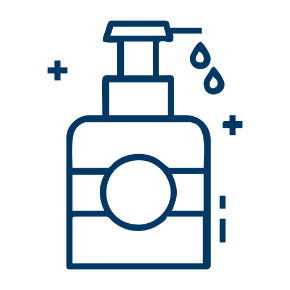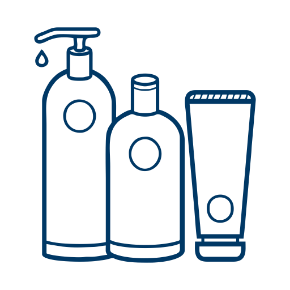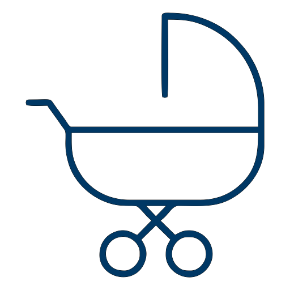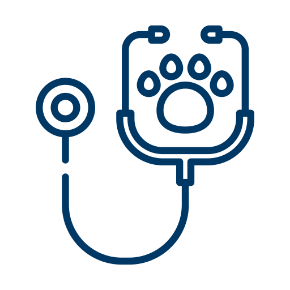Epilepsy is defined by the World Health Organization as a chronic noncommunicable disease of the brain characterized by frequent seizures. A seizure is a sudden rush of electrical activity in the brain. There are two main types of seizures: Generalized seizures which affect the whole brain and partial seizures which affect just one part of the brain.
Causes of seizure include
- high fever
- head trauma
- very low blood sugar
- alcohol withdrawal
- brain damage from prenatal or perinatal causes
- congenital abnormalities or genetic conditions with associated brain malformations
- a stroke that restricts the amount of oxygen to the brain
- a brain tumor
Symptoms of epilepsy
Seizures are the main symptoms of epilepsy. Symptoms differ from person to person and according to the type of seizure.
Focal or partial seizures can be divided into simple partial seizure and complex partial seizure.
A simple partial seizure does not involve loss of consciousness. Symptoms include: alterations to sense of taste, smell, sight, hearing, or touch, dizziness, and tingling and twitching of limbs.
On the other hand, complex partial seizures involve loss of awareness or consciousness. Other symptoms include: staring blankly, unresponsiveness and performing repetitive movements.
Generalized seizures involve the whole brain. There are six types:
- Absence seizures cause a blank stare. This type of seizure may also cause repetitive movements like lip smacking or blinking. There’s also usually a short loss of awareness.
- Tonic seizures cause muscle stiffness.
- Atonic seizures lead to loss of muscle control and can make the person fall down suddenly.
- Clonic seizures are characterized by repeated, jerky muscle movements of the face, neck, and arms.
- Myoclonic seizures cause spontaneous quick twitching of the arms and legs.
- Tonic-clonic seizures cause stiffening of the body, shaking, loss of bladder or bowel control, biting of the tongue and loss of consciousness.
Epilepsy first aid
- During a convulsion, make no attempt to put anything in the mouth or between the teeth.
- Do not attempt to restrain convulsive movements.
- Turn the person gently onto one side. This will help the person breathe.
- Clear the area around the person of anything hard or sharp. This can prevent injury.
- Put something soft and flat, like a folded jacket, under his or her head.
- Loosen ties or anything around the neck that may make it hard to breathe.
- Call an ambulance if the seizure lasts longer than 5 minutes.
After convulsive movements have subsided, place the patient in the recovery position and check the airway. After the convulsion the patient may be confused and may need reassurance and sympathy.
Treatments for epilepsy
Anti-epileptic (anticonvulsant, antiseizure) drugs: These medications can reduce the number of seizures patients have. In some people, they eliminate seizures. To be effective, the medication must be taken exactly as prescribed.
Vagus nerve stimulator: This device is surgically placed under the skin on the chest and electrically stimulates the nerve that runs through the neck. This can help prevent seizures.
Ketogenic diet: More than half of people who do not respond to medication, benefit from this high fat, low carbohydrate diet.
Brain surgery: The area of the brain that causes seizure activity can be removed or altered.
Some people need treatment for life. Others might be able to stop treatment if their seizures disappear over time. When medications are missed or not taken regularly, there’s a greater risk for seizures and sudden unexpected death in epilepsy. Therefore, antiepileptic/ anticonvulsant medications should be taken as prescribed by a healthcare professional. Empowering epileptic patients and their caregivers with the right information concerning their drug regimen can reduce the risk of seizures and save lives.

